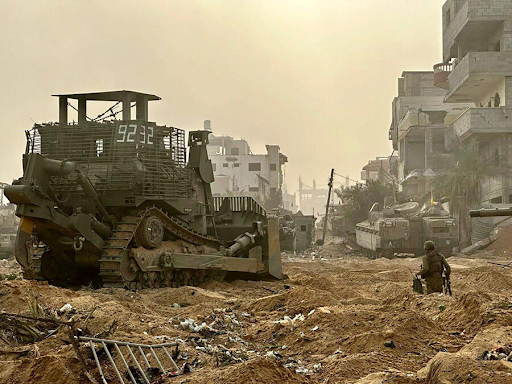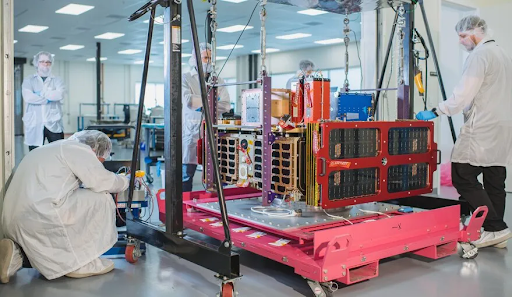Life Behind Bars for Children in Afghanistan
Daughter of Shirin Gul, Meena Gul, has spent all eleven years of her life in an Afghan prison suffering for the crimes that her mother was convicted of.
December 8, 2017
In Jalalabad, Afghanistan, a woman named Shirin Gul is currently serving a life sentence in prison. Because she was a convicted serial killer, she is being held in Nangarhar Provincial Prison. She was first sentenced to death, but while on death row she got pregnant with her daughter, Meena Gul, so her death sentence never went through. According to The New York Times, “the man she calls her husband, Rahmatullah (they were never legally married), was convicted along with her son, her brother-in-law, an uncle, and a nephew for their role in the murders and robberies of 27 Afghan men in 2001-2004. Afghan prosecutors said Ms. Gul was the ringleader.” After giving birth to her daughter, she was sentenced to life in prison rather than suffering a death sentence. All of the other people that were involved in the robberies and murders were sentenced to death by hanging. Meena is now eleven years old and has never been able to see the world on the other side of the prison walls because of her mother. While living in prison, Menna has gotten chickenpox, measles, and the mumps. She has spent her entire life in the prison and, according to The New York Times, Meena said, “I wish I could go out. I want to leave here and live outside with my mother, but I won’t leave here without her.” According to the Afghan prison, Gul is allowed to keep her daughter with her until she turns eighteen years old.
According to The New York Times, “Meena was conceived in prison, and has never been out, not even for a brief visit. She has never seen a television set and has no idea what the world outside the walls looks like.” But Meena is not the only child in the prison with her mother. There are actually 36 children in the prison with their mothers, and there are 42 women alongside them. Meena, however, has spent the most time with her mother at the prison. All of the other women in the prison with children possess sentences that are much shorter than Meena’s mother, meaning that Meena will have to wait even longer. According to The New York Times, “Locking up small children with their mothers is a common practice in Afghanistan, especially when there are no other close relatives, or fathers are absent or estranged. Child advocates estimate that there are hundreds of imprisoned Afghan children whose only crime is having a convicted mother.” There is also a program in Afghanistan that runs orphanages for children with mothers that are imprisoned. But, in order for the children that are stuck in the prison to be able to go to one of the orphanages, their mothers have to agree to let them live in an orphanage and be able to trust that the orphanage can take good care of their children. Meena could go to one of these orphanages, but she wants to stay with her mother. Also, the program doesn’t cover many areas, including Jalalabad, which means there is not an orphanage there for the children to live in.
At the prison, the women’s cells are arranged in a spacious courtyard shaded by different types of trees, and the children can go anywhere around it. There is a type of playground there; it has a set of rusty homemade swings, monkey bars, and a slide that ends in muddy puddles. There is a schoolroom in one of the cells for the children there so they can still learn. Although they can’t go to a normal school, they are still getting educated. The room has a white board, as well as a mixture of benches and chairs. The room seats 16 children, two per desk. There is one teacher that looks after three classes, first grade through third grade. Each class is an hour a day for each grade, and although Meena is eleven years old, she is only in the second grade.
At the prison, the women and their children share 10 medium-sized cells that have two bunk beds each. Since there aren’t enough beds for all of them, many sleep on a mattress on the floor. This prison is not like a normal prison; there aren’t any huge steel gates and there is no barbed wire. Instead, the prison is locked up by two rows of surrounding double walls. Meena will probably continue to live this way until she is eighteen years old, as the policy says.
It is terrible to hear that these children have to live in this prison because of what their mothers did in their lives. These children should not have to live their lives this way, especially with how young all of them are. But due to the policy and the lack of alternative options, all of the children will probably not be able to leave the prison until they are eighteen years old.








